Summary
- Don’t be afraid to hide your dice for a touch of mystery and excitement during gameplay.
- Treat your players as collaborators, not adversaries, for a fun and engaging D&D experience.
- Keep the pace of your game in check by curbing table talk and deciding when to intervene.
So, you’ve decided to take the plunge and become a Dungeon Master. It’s an exciting role that bears a lot of responsibility. As Dungeon Master, you are in charge of running a game of Dungeons & Dragons for a group of players. You could follow published modules, or run a homemade campaign.
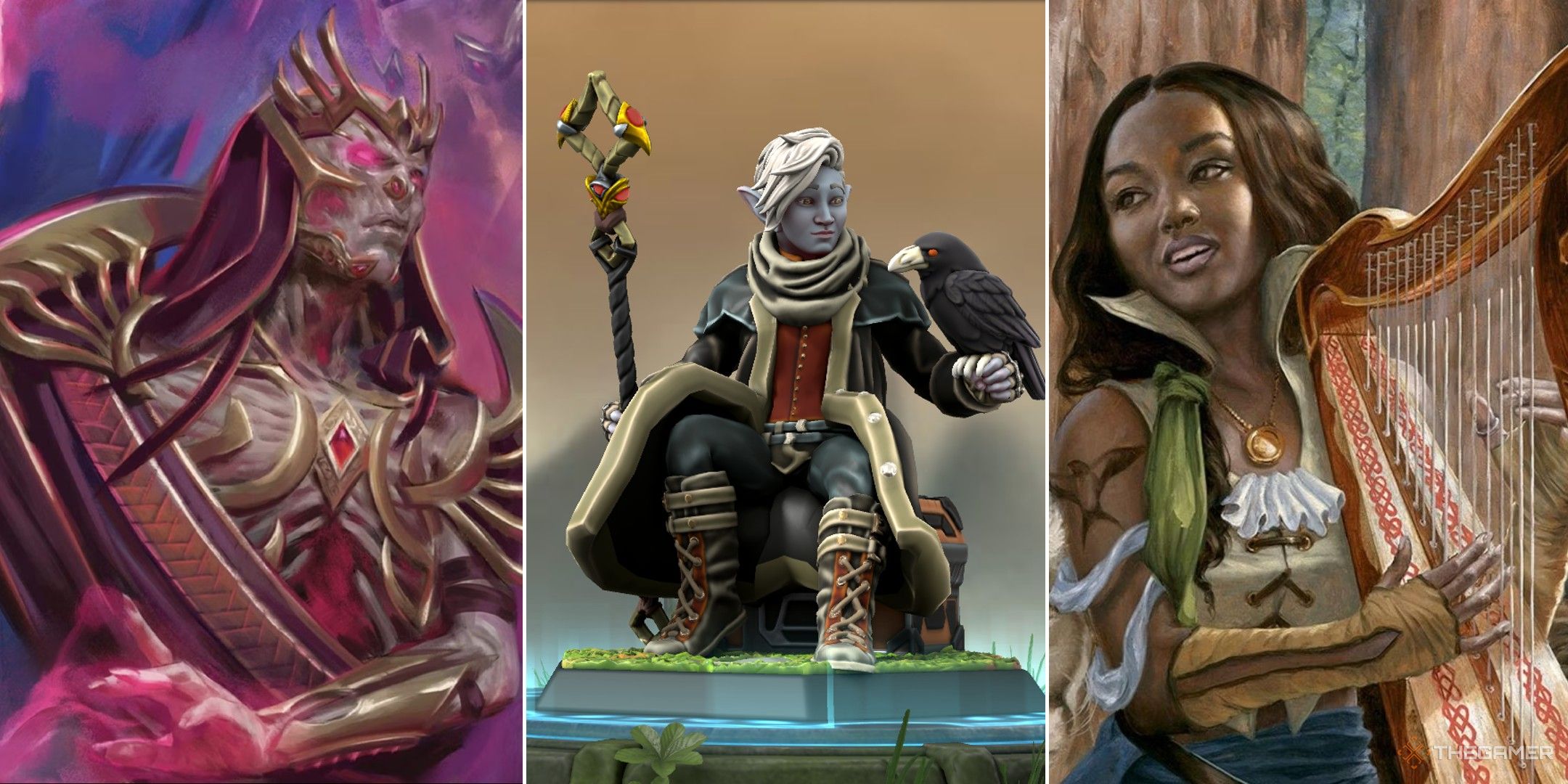
Related
Dungeons & Dragons: 7 Best Free Ways To Enhance A Session
Enhance your D&D sessions without paying a penny.
It’ll be your responsibility to prepare content for the other players to play through, play as NPCs, control monsters in combat, and act as a referee when necessary. Hopefully, this list of tips will help your first DMing experience go a little smoother.
Updated January 10, 2025, by Zackary Wiggs: A new edition of Dungeons & Dragons has graced shelves both online and at hobby stores across the world. With this comes more rules, some changes to spells, and loads of new content; all of which is, of course, completely optional. A new edition means new players will hear the call for adventure, and ultimately new DMs will try out the role of helping tell their story in the epic fantasy world of D&D. Here are some things to keep in mind, whether you’re a first-time DM or a lifelong one.
27
Make Your Players Roll, Often
There can be a period of time when you’re describing what is happening around the players and the various actions of the NPCs where D&D can sound more like an audiobook. It can be a good idea to sprinkle in some player rolls here and there to break up the downtime.
Some DMs will even have players roll for no reason at all from time to time, both building the tension and keeping the players intrigued.
These can be completely mundane rolls as well. Not everything has to be a death-saving throw, just a roll to keep your players feeling like they are interacting with the world around them. Let them roll for miniscule things to move the plot along, or just to notice hidden details in your world.
26
Set The Scene
For first-time DMs, it can be easy to rush through to the next bit of action, especially when you’re hosting an adventure of your own making. Take your time, and make sure to set the scene for your players.
Not everything has to be in exciting detail, but describing the feel of a town or the basic layout of a new room can help your players feel like they’re there, and help them get ideas on how to interact with the world.
This can even be done mid-combat as the world around them reacts to their choices.
25
Know When To Set A Table Rule
Most parties have some table rules after playing together for a while. They’re just those little rules to help streamline play, or make things a bit easier for you or the players. There’s no right or wrong time to set up a table rule.
Just make sure to discuss it with your table, adjusting said rules as you need with player feedback. Some of the most important ones can go beyond the game and instead focus on how players interact, either online or in person.
24
Use The Rule Of Cool
A fan favorite for tabletop players of all types. The Rule of Cool is exactly what it sounds like: if it would be cool for you to allow a character to do it, they can do it. Knowing when to use this option can make for some great stories.
These are usually little things that either bend smaller things in the game action economy or the effects of a spell. It’s not something that should be used in every situation, but when used at the right time, it can be the perfect end to a boss fight, a stressful puzzle, or even a side quest.
23
Let Everyone Have A Say
Every player is different. They all have their own comfort levels, especially where RP and speaking out in a group come into play. As your game goes on, make sure everyone is getting their say at the table.
Even if someone is easygoing and usually just agrees with the more outspoken party members, give them the room to express their ideas. They may surprise you, or at least they’ll know they’re a welcome member of the team.
22
Know When To Hide Your Dice (Or DC)
As a Dungeon Master, you often make rolls that can majorly influence the players and the campaign. When it comes time to roll their dice, new DMs usually fall into two camps: those who show their rolls or the DC, and those who don’t.
Neither of these styles is wrong. Public view means that you’re less likely to be accused of cheating, but if you hide your dice, you can — occasionally — fudge the numbers in favor of your players, like when it will save a character.
Even if you like to show an open hand, it can be more dramatic and thrilling if you hide some of your dice rolls. For example, if the player rolls insight versus deception to see if a captive is lying to them. If they lose the roll, they know that the captive is lying to them even if their character shouldn’t and would be far more tempted to act on that metagame information.
Hiding that information gives an air of mystery to the whole thing and allows players to express themselves in ways they wouldn’t have otherwise. And in this example, if they’re waylaid, it’s just another opportunity for more adventures!
21
Don’t Treat Players Like Opponents
While players control their characters and DMs control their enemies, you shouldn’t treat your players as adversaries. At its heart, D&D Fifth Edition is ultimately a collaborative storytelling experience, with players charting out their path through the DM’s challenges.
When it comes to difficulty, you have to strike a balance. If encounters are too easy, players feel like they’re not being challenged and might get bored.
If the encounters are too difficult, they might get frustrated and quit or party wipe long before the end of the campaign.
As the DM, your role is to challenge and engage your players, and to that end you might harm or even kill their characters, but that should never be the point of the game for you. Plus, it really kills the vibes. At the end of the campaign, players should feel like their characters overcame many great challenges and the whole group should feel like they have many great stories to tell of the adventure.
20
Know When To Curb Table Talk
In D&D (and likely any Tabletop RPG), players will talk to each other, out of character and often not about the game at hand. This is known as ‘table talk’ and while it’s not inherently harmful, it can be annoying, and sometimes even mess with the pace of the game.
Another type of table talk is when players discuss the game out of character, likely to plan their next move. This is generally less disruptive to the game. If you can get them to do it in character instead, this can enrich the game. Otherwise, don’t let them deliberate for too long.
As a DM, it’s your job to get your players to continue the game, but you don’t want to come off as a tyrant in doing so. In general, you can allow table talk and even participate, but if it starts feeling like you’ve been off-topic for too long, gently remind them of the situation their characters are in and ask them what they want to do next.
19
Don’t Let NPCs Completely Overshadow Players
While games will often have a cavalcade of interesting and endearing characters, you need to remember that the players came here to play and if you let your NPCs run all the action, it’s just not fun.
All this goes double for DM Player Characters. They’re viewed with suspicion in the community for a reason. If you have one in play, make sure they’re there to assist and to bolster the numbers of your characters, not to steal the show.
In general, try not to take agency away from your players and give it to your NPCs. Even if an NPC is important to your story, it’s ultimately your players who should drive the action. NPCs can come to the rescue and even sometimes lead a charge, but remember that your players’ characters are the stars of the show.
18
Prepare Content Without Overdoing It
When preparing your session, finding a balance in your work is crucial. You don’t need to have everything ready because that will cause severe burnout before the game even begins. However, just winging the whole session won’t suffice either. A veteran DM can do that occasionally, but that won’t be enough for an ongoing campaign.
Always prepare to do some improv. After all, even the most well-behaved players will throw you for a loop. It’s part of the fun!
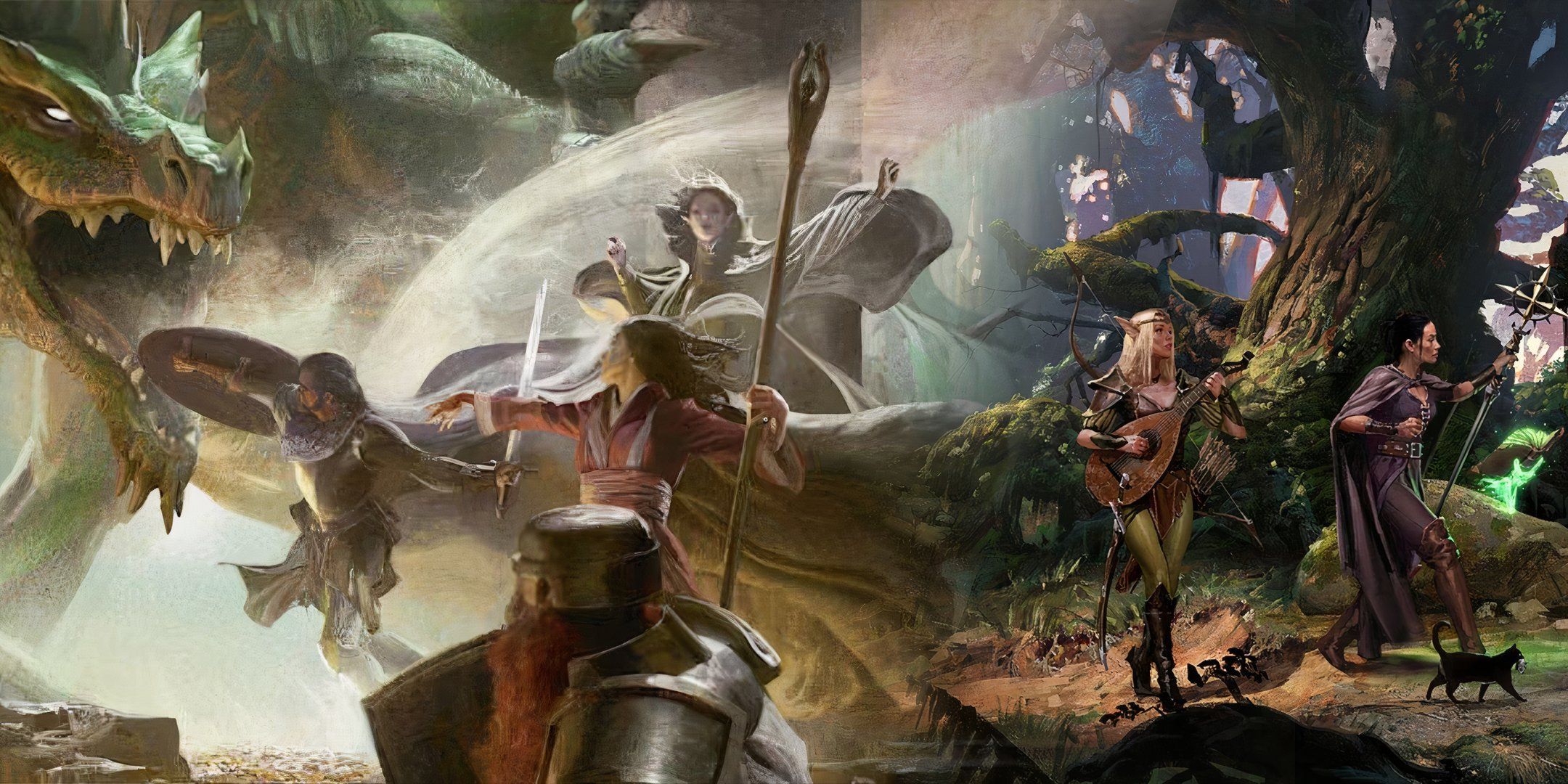
Related
Dungeons & Dragons: 7 DM Tips For Describing Combat
Because “you deal seven damage” doesn’t have much flair.
You need to see how much is enough for you and remember that the players will also dictate how the story unfolds, not just you. Prepare the city they’ll visit, the people who live there, and minor problems, for example, but let them traverse the area and decide where they’ll meddle.
17
Be Wary Of Pacing
There are things in D&D that can take quite some time. One-hour-long boss battles are not impossible to happen, for example, and performing every vendor interaction in character can also take a while.
If you have a set duration in mind for a game, consider keeping a timer nearby and keep an eye on it, and then set the pace according to how much time you have left.
However, we won’t tell you what you should and shouldn’t cut — that’s something you need to do depending on your party. Some players like exploring towns and talking to every NPC in character. Some players enjoy long fights. But if you and your friends only have two or three hours to play, for example, you need to see what’s worth doing, and what isn’t.
16
Run Or Read A Pre-Made Adventure
Dungeons & Dragons offers many adventures that you can use with your players, such as the newbie-friendly Lost Mine Of Phandelver or the immensely popular Curse of Strahd. Using one of them is a perfect way to start your DM life.
“Oh, but I love the world I created, and I want to use it.” No problem, but reading these adventures can give you an idea of what you can do in your world. You could adapt them to your scenario or use them as references. Strahd’s campaign, for example, gives plenty of hints on how to portray a villain with his backstory and motivations, which could inspire you when creating your BBEG.
15
Homebrew Stuff Into It
If you’re creating your own world, then this part is already dealt with, but that’s a good thing to do in Pre-Made Adventures or any game, really. The most unique thing you have to offer is yourself. Do your ideas, and make things happen your way.
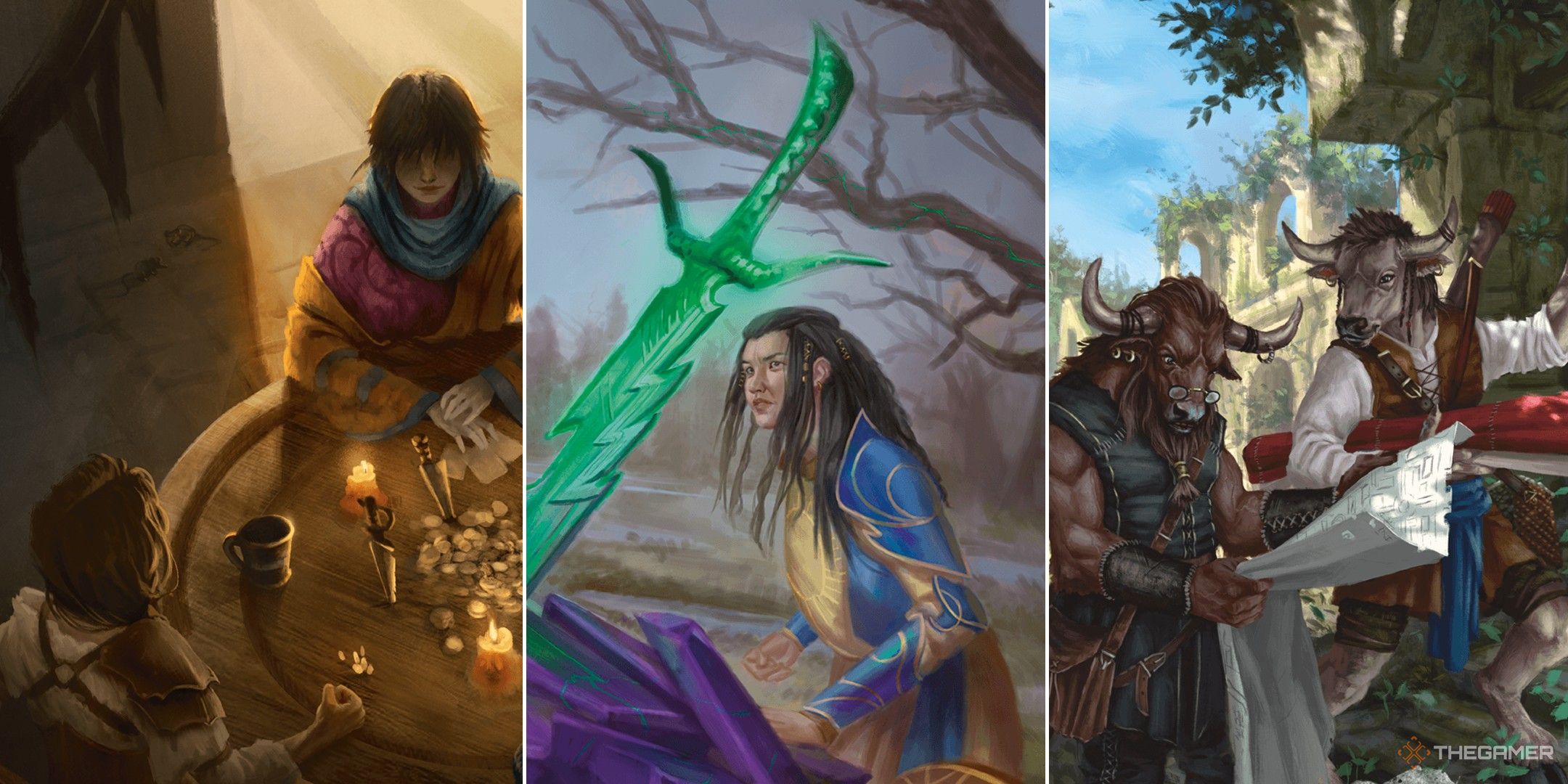
Related
Dungeons & Dragons: 7 Tips For Improvising Rewards
If you are a DM and have issues thinking about rewards for your players, don’t worry. Here we have some recommendations for you.
Read the systems for creating new things thoroughly before attempting to add them. Also, there’s nothing wrong with checking if somebody has already created the thing you were thinking of and adding it if it suits your campaign.
Just because you’re doing Curse of Strahd doesn’t mean you can’t change it. You can incorporate your players’ backstories into it, for example, or create your own monster, something no player has ever fought before. It’ll take some getting used to the rules for this level of homebrewing, but it’s possible, and you’ll only get better as you go.
14
Session Zero
Whether it’s your very first time DMing or if you’re a long-time DM, running session zeroes for each of your players can be a great way to get to know each party member and tie their background into your campaign.
Session zeroes are also where you and the players set boundaries for heavier subjects like the degree of violence and gore in the campaign, child endangerment, phobias, and any other things that might be triggering to you or your players.
Even if you know your group well, it’s still a good idea to do this to make sure that it doesn’t make games too intense, awkward, or drive players away.
Session zeroes are essentially prologue sessions you can run before the first session, and they can create a much more organic means of starting a campaign than using the classic ‘meet up in a tavern’ while allowing the DM and each given player to each get a feel for the campaign.
13
Cater To Your Players
Running a campaign without catering to your players’ interests is often like trying to fit a circle in a square hole. No matter how amazing your planned story may be, if it doesn’t cater to the party, they will have little to no reason to follow plot hooks. Providing incentives and plot threads that naturally lend themselves to your party can be a great way of keeping everyone invested.
If you’re planning on catering to only ONE player, you had better make sure the rest of the group is in on it too, otherwise this will breed resentment quickly.
This can take the form of tying character backstories into the narrative, having quests that directly cater to the skill sets or desires of the party. This can be anything from the possibility for a wizard to access new spellbooks to read or incentivizing a fighter with the prospect of superior gear.
12
Be Flexible With Your Plot
As much hard work a DM may put into planning their campaign, if one thing in the universe is certain, it’s that D&D players will do things their DM didn’t account for. This is far from a negative thing, as this unpredictability and need to improvise is what D&D is all about and it often leads to some of the most memorable parts of a campaign.
Don’t be afraid to lead the players back to the plot if it feels like they’re meandering or are stumped. If you do it organically through in-game events or character interactions, they won’t even notice that you’re doing it.
That said, this means that DMs must be willing to be flexible with their plans and be able to shy away from railroading the experience through what the DM wants, letting the players do what they want to do.
11
Communication Is Key
By and large one of the most important things a DM can do is communicate with their party. Communication ensures that everyone is on the same page regarding the campaign. Ask your players what they are and aren’t enjoying, what they’re the most interested in, what’s confusing them, etc.
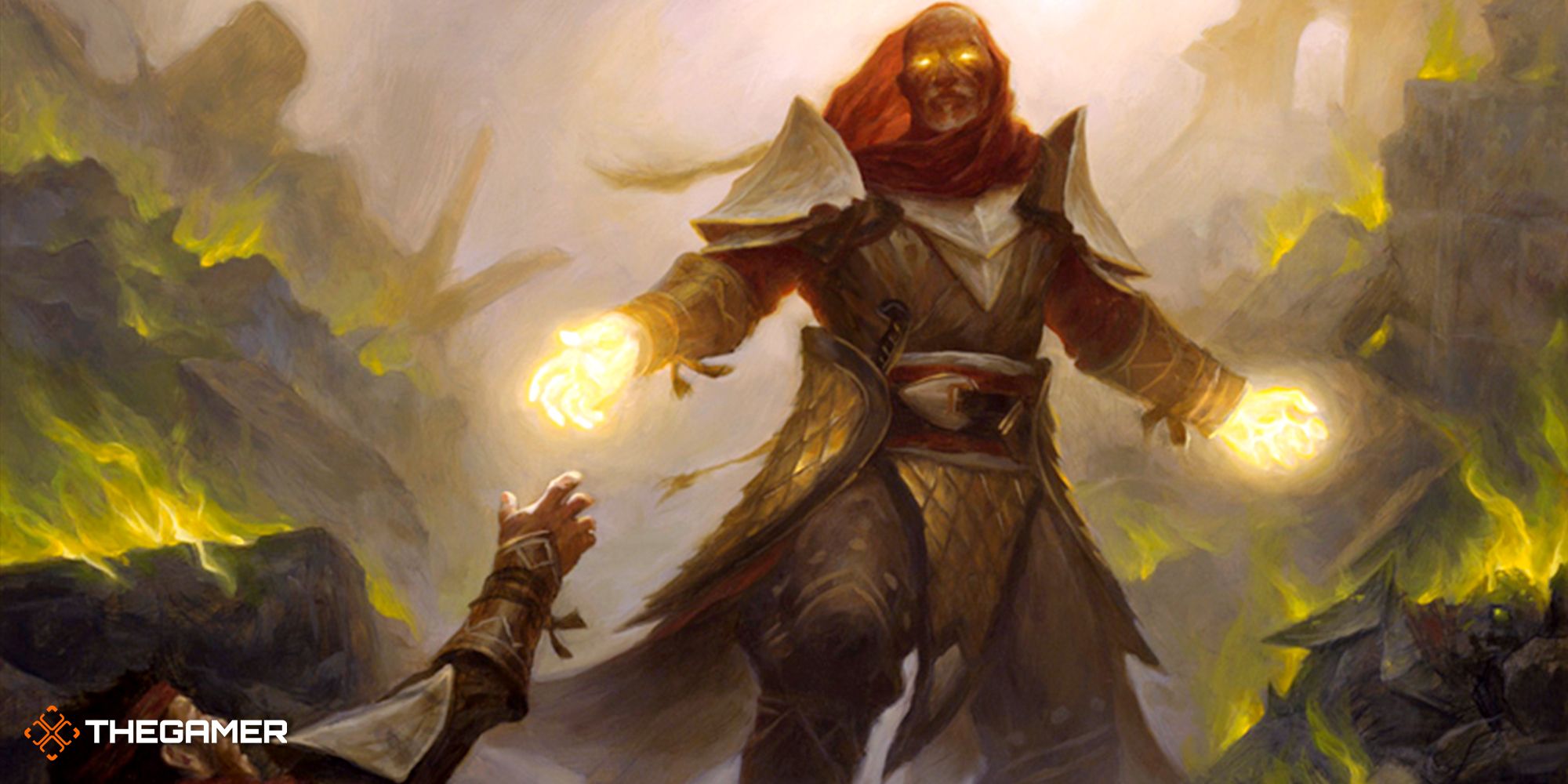
Related
Dungeons & Dragons: All Cleric Subclasses, Ranked
Not all clerics are created equal, so we’ve ranked all the cleric subclasses in the Player’s Handbook and subsequent sourcebooks.
Be prepared to take some constructive criticism. Conversely, you might not get feedback from the shyer members of the group if you don’t prod them a little.
This allows you to shape and prepare future sessions with this feedback in mind. Additionally, openly communicating with your party about what they want from the campaign, whether it be more combat or roleplaying can help make sure that everyone is having fun and getting what they want out of the game.
10
Read Your ‘Dungeon Master’s Guide’ Thoroughly
While this might seem obvious, it’s really a crucial step towards being a good DM in several ways. First and foremost, it contains the rules and instructions on how Dungeons and Dragons is to be played and how you as the DM make sure that the rules are followed.
Another great way to learn the game is to be a player in someone else’s.
It also has a list of magical items, explanations of the D&D multiverse, and other more factual content. The other half of the book contains guidelines for Dungeon Masters who want to create their own adventures. If it’s your first time, it’s probably best to try out a module first but if you have an idea that you can’t wait to do, go for it!
9
Be Familiar With Your Own Copy Of The Player’s Handbook
Now, if you’re going to be a Dungeon Master, why would you need the book made for players? Well, the Player’s Handbook has many of the same rules that are detailed in the Dungeon Master’s Guide but it also has all of the basic options for creating characters, basic items, and the library of basic spells.
Keep some quick reference notes on the back of your DM screen for information that is both simple and easy to forget. This includes currency conversions, DC settings, or the names of NPCs.
These things are important for a DM to be familiar with. Not only is there a possibility that you’ll have to reference it to create companion NPCs that might accompany the adventuring party, but you’ll also need to have the descriptions for spells as well. Not to mention, as the DM, people at the table will most likely turn to you if they have questions about their characters, spells, and other rules.
8
Don’t Be Afraid To Bookmark Your Monster Manual
Obviously, if you’re going to be a Dungeon Master, you’ll need the Monster Manual. However, all D&D books can be a little pricey and the idea of doing anything to them other than carefully leafing through the pages may seem ludicrous.
If you really are worried about keeping your book pristine, make quick reference note cards for the monsters and enemies that you know will be in the coming session. Make sure to note the page they’re on just in case you need further details!
Despite all of this, don’t be afraid to use your books, particularly the Monster Manual. In the interest of efficiency, you can put marked sticky notes on pages you’ll need during your sessions so you can find monsters quickly and flip between different ones without losing your place.
In addition, if you make modifications to monsters, instead of putting it on a separate piece of paper that could get lost, write it in your book! Tiny strategies like this will save you needless page flipping and paper shuffling.

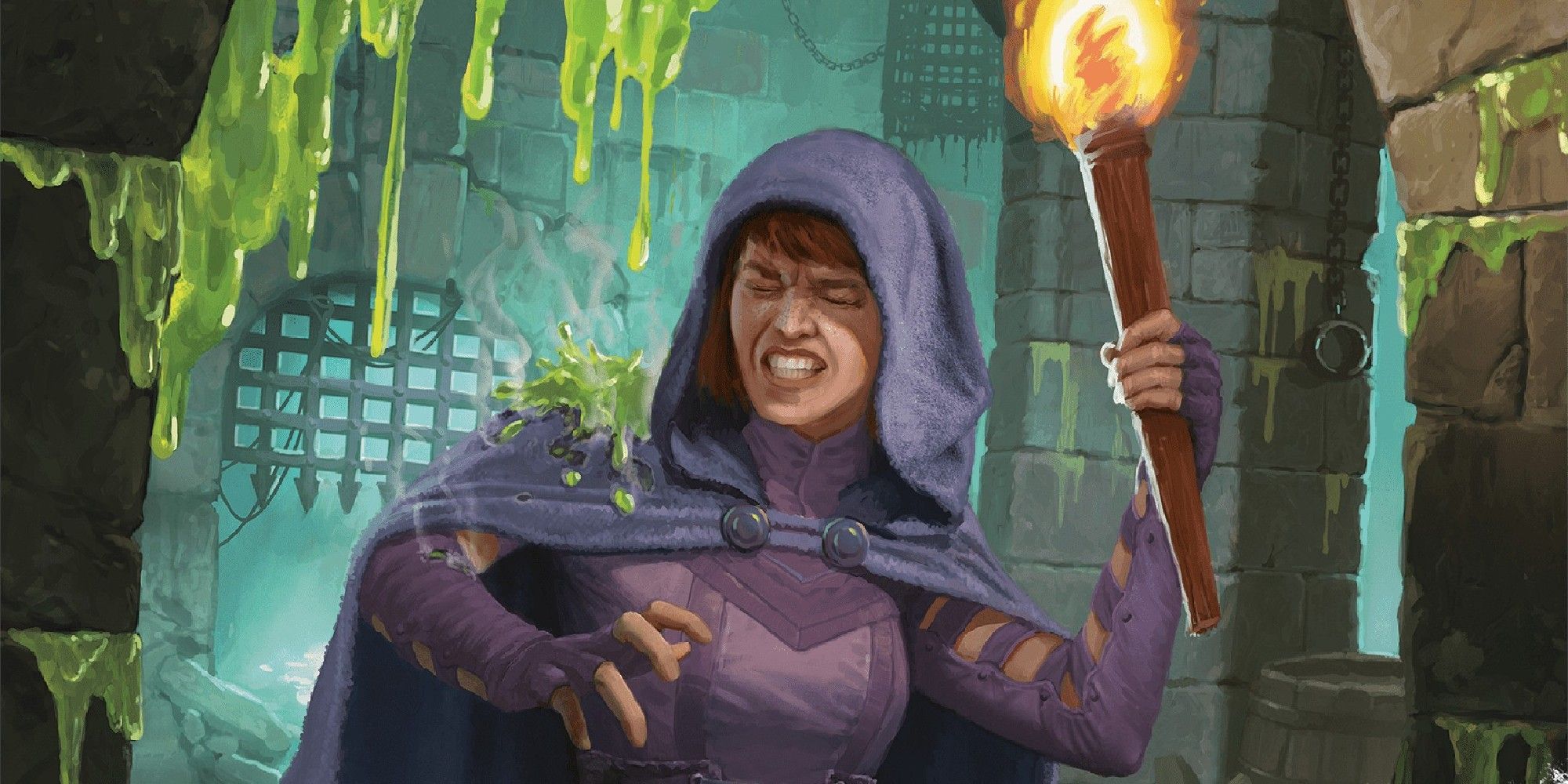
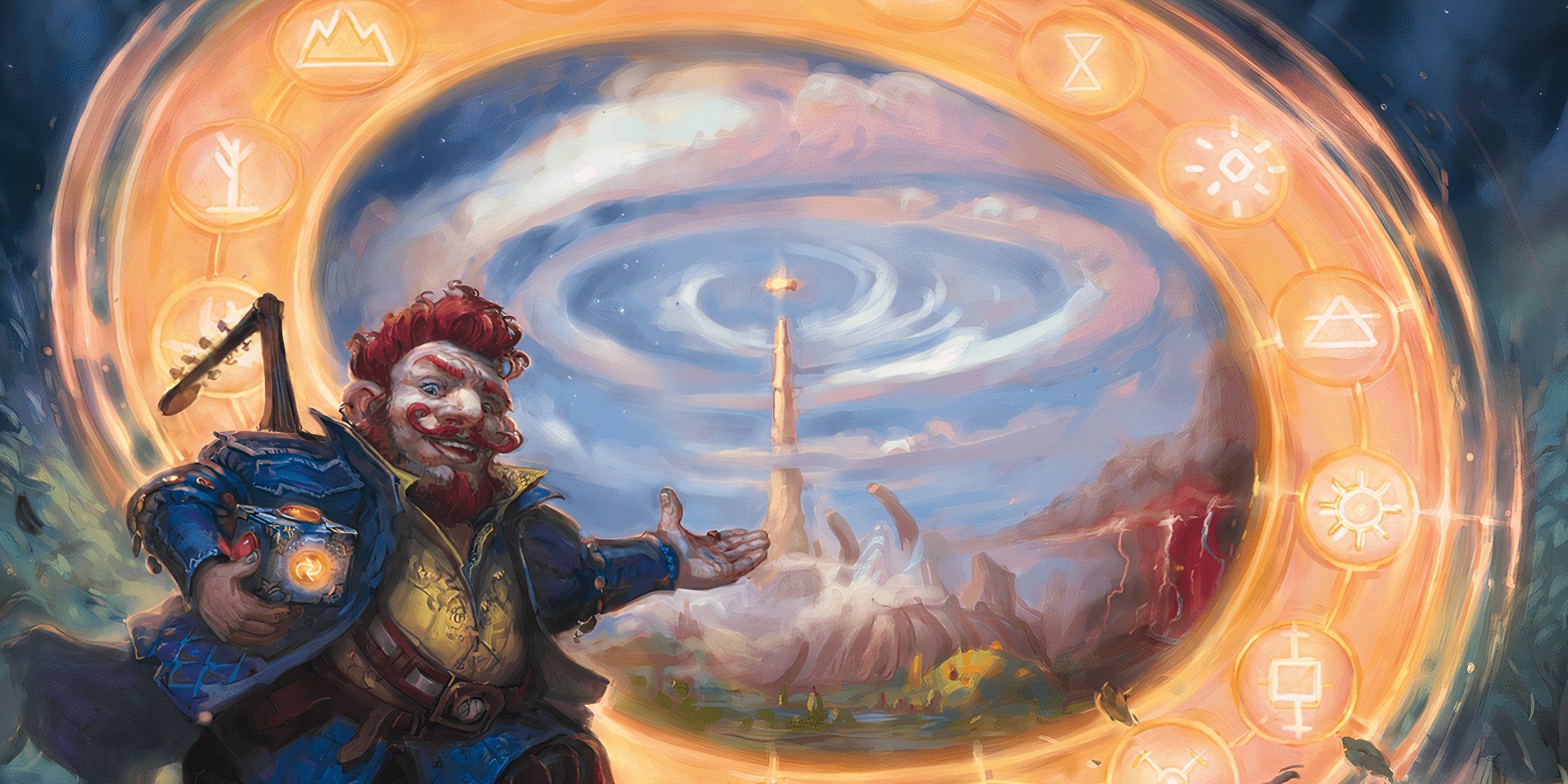
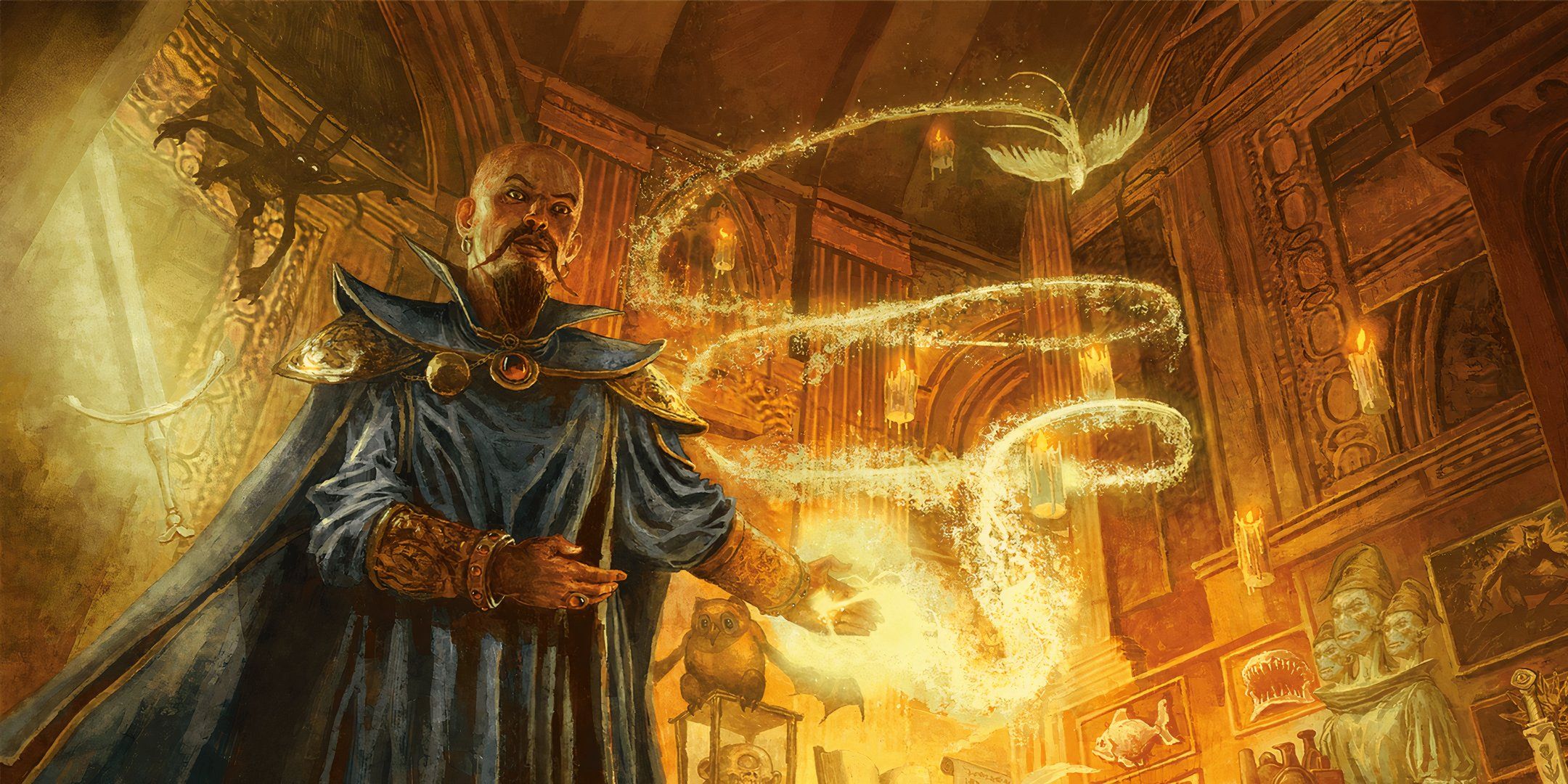
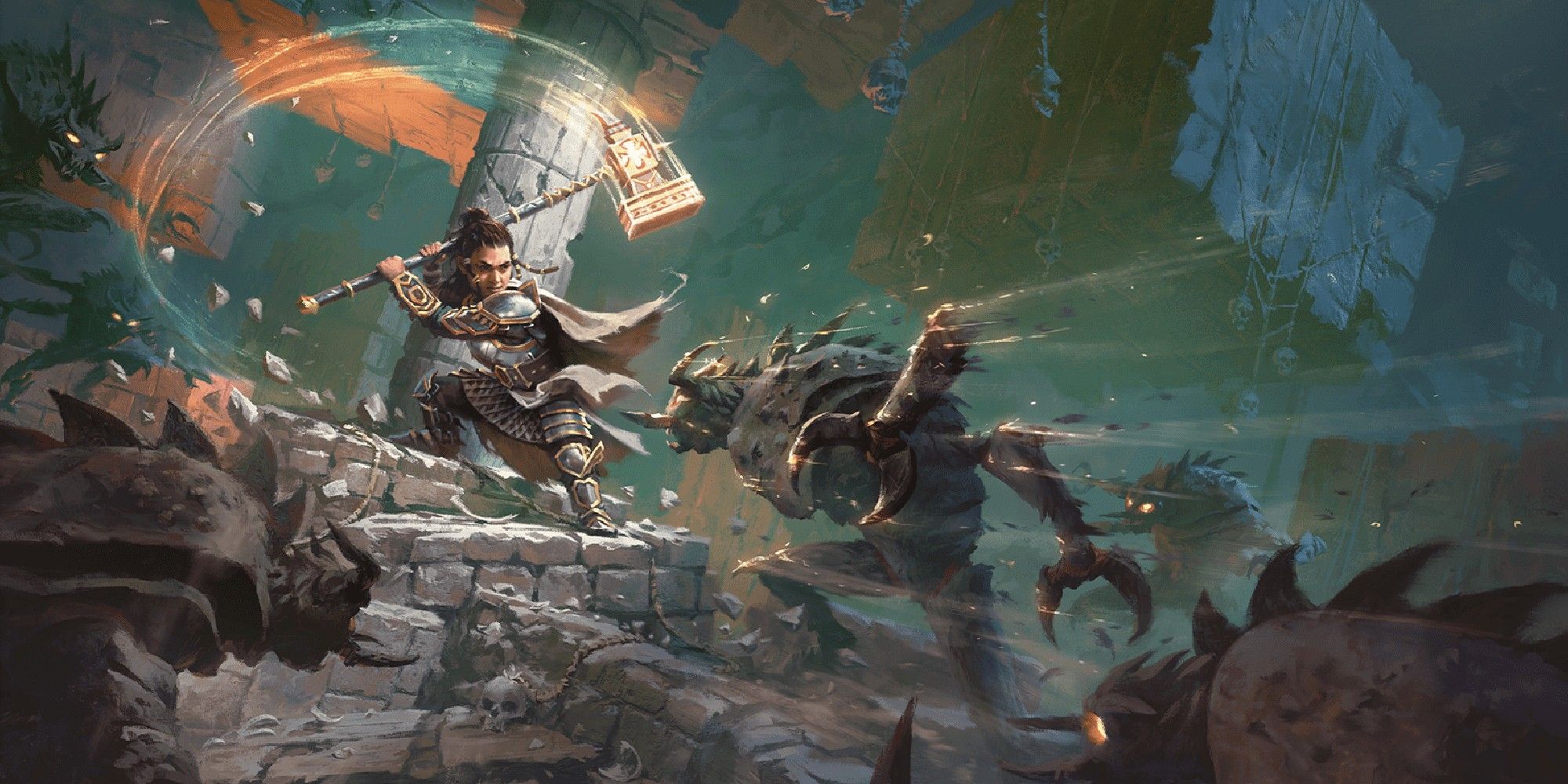
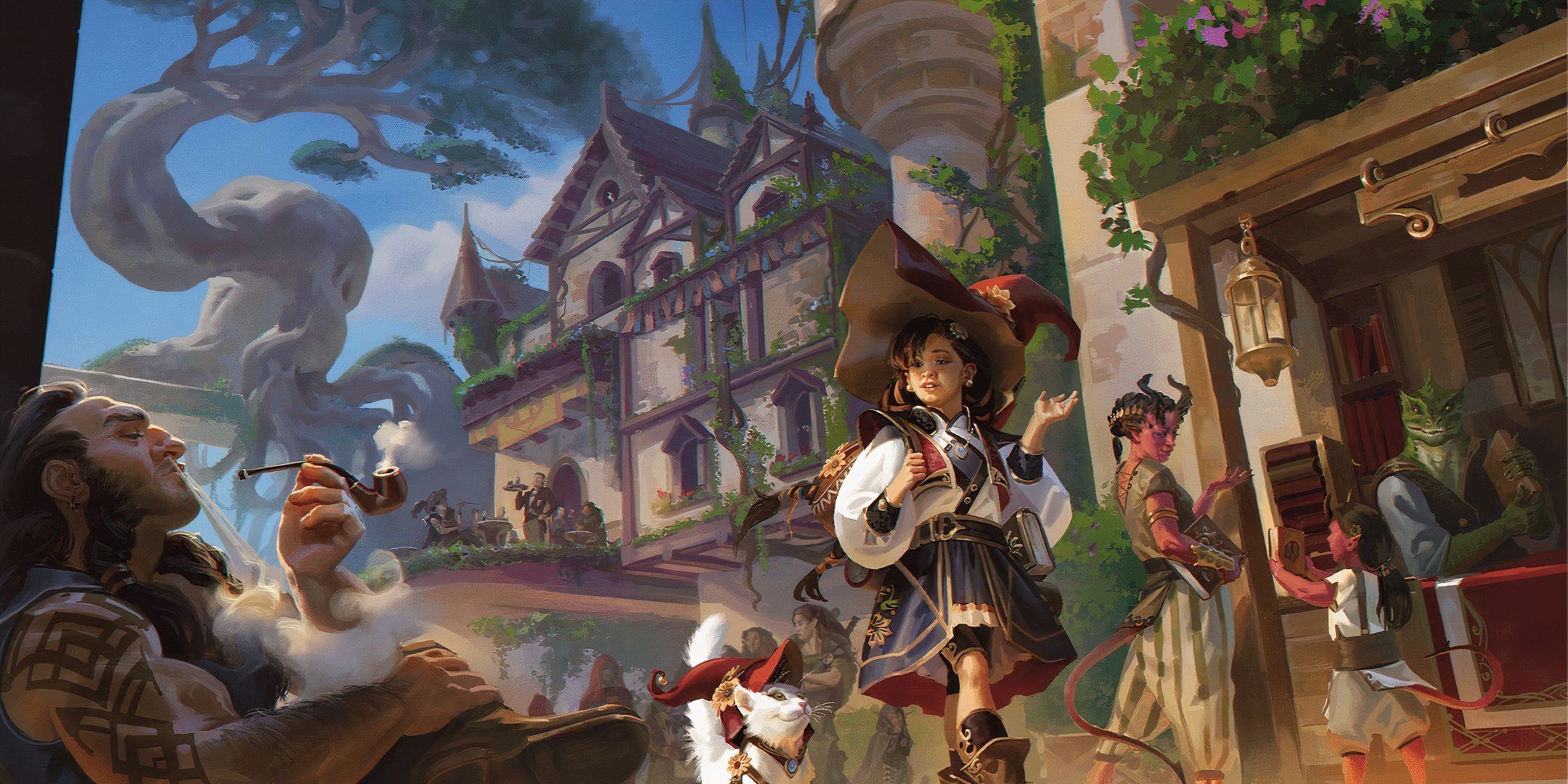
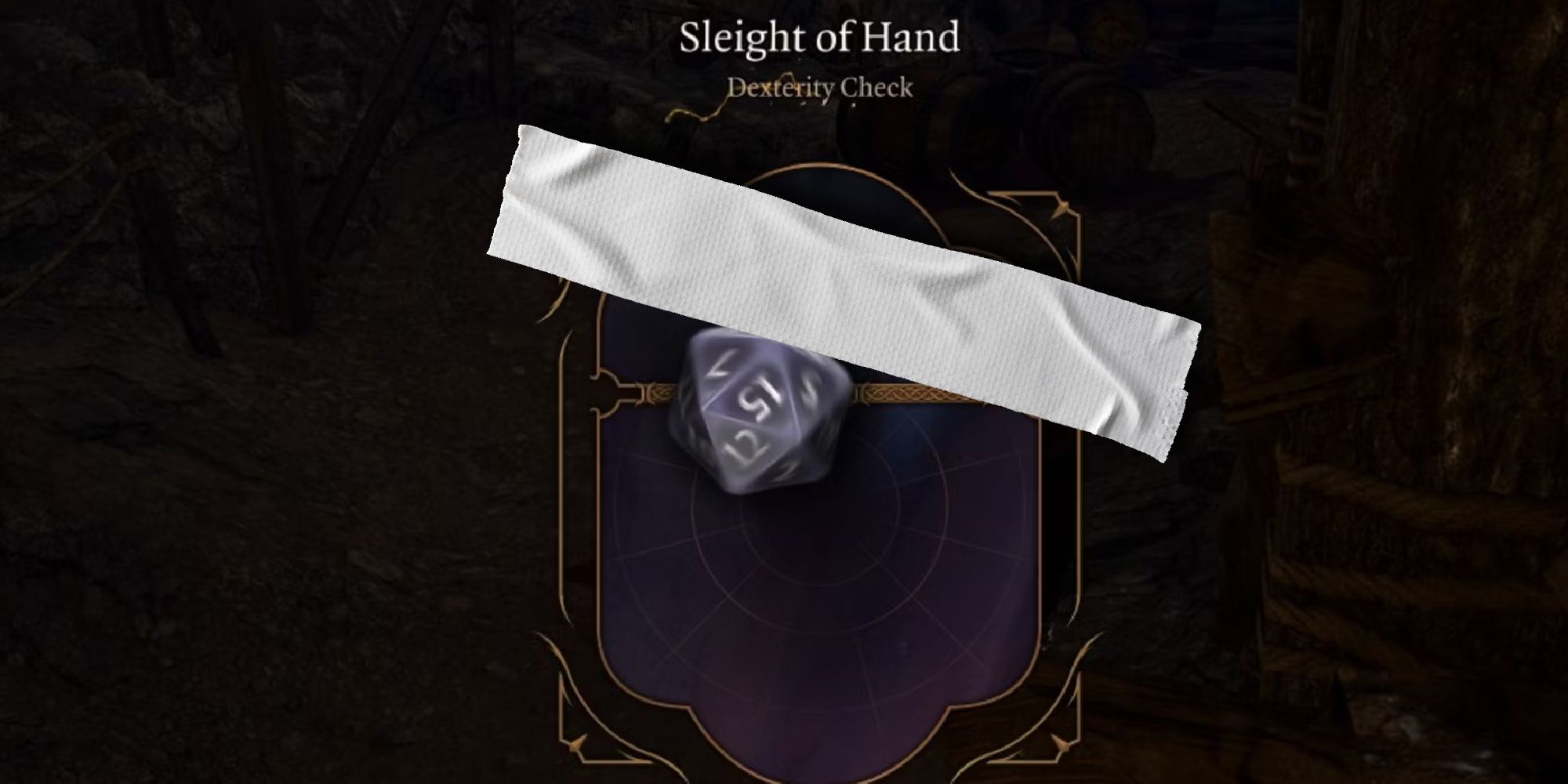
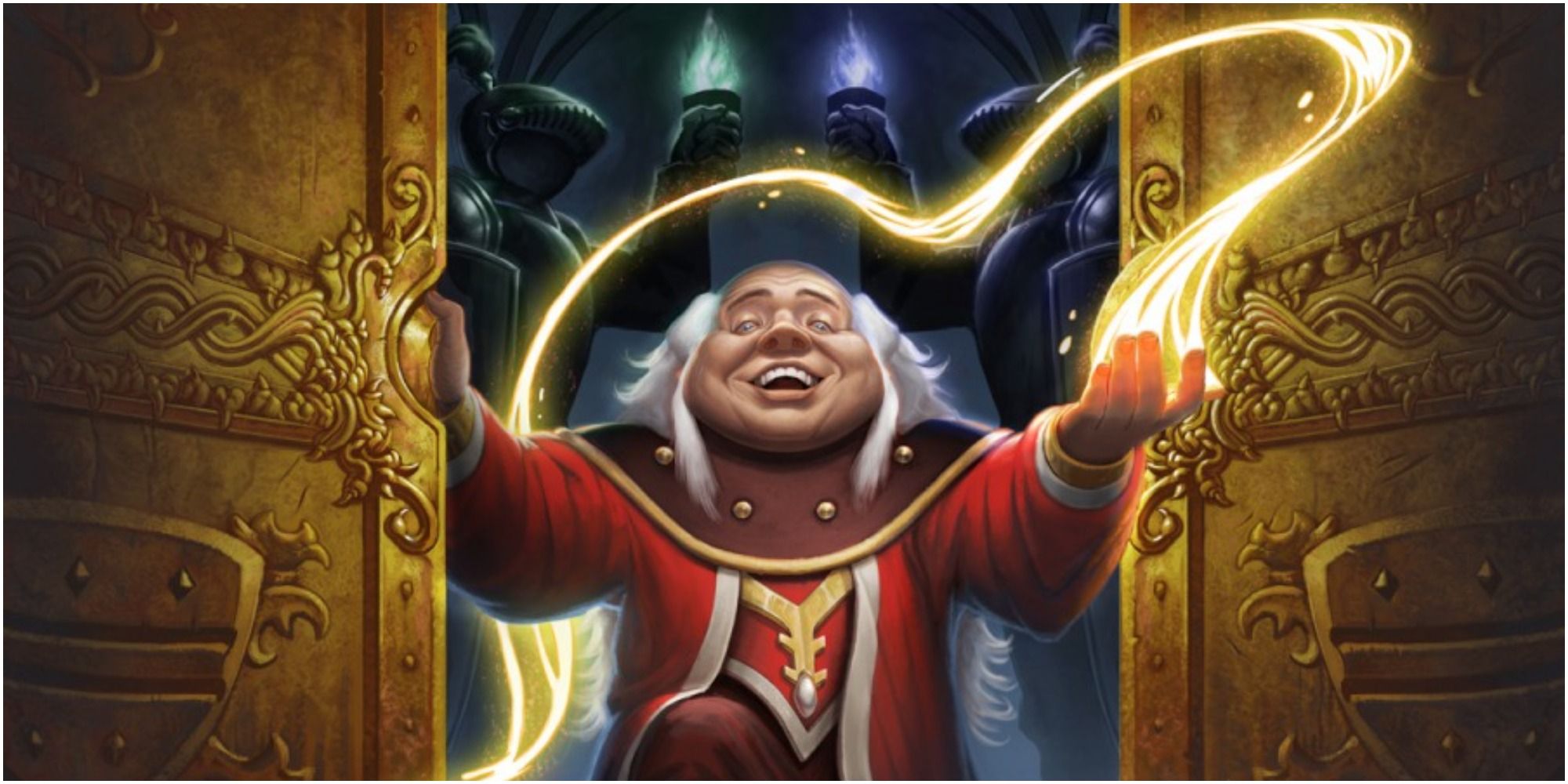
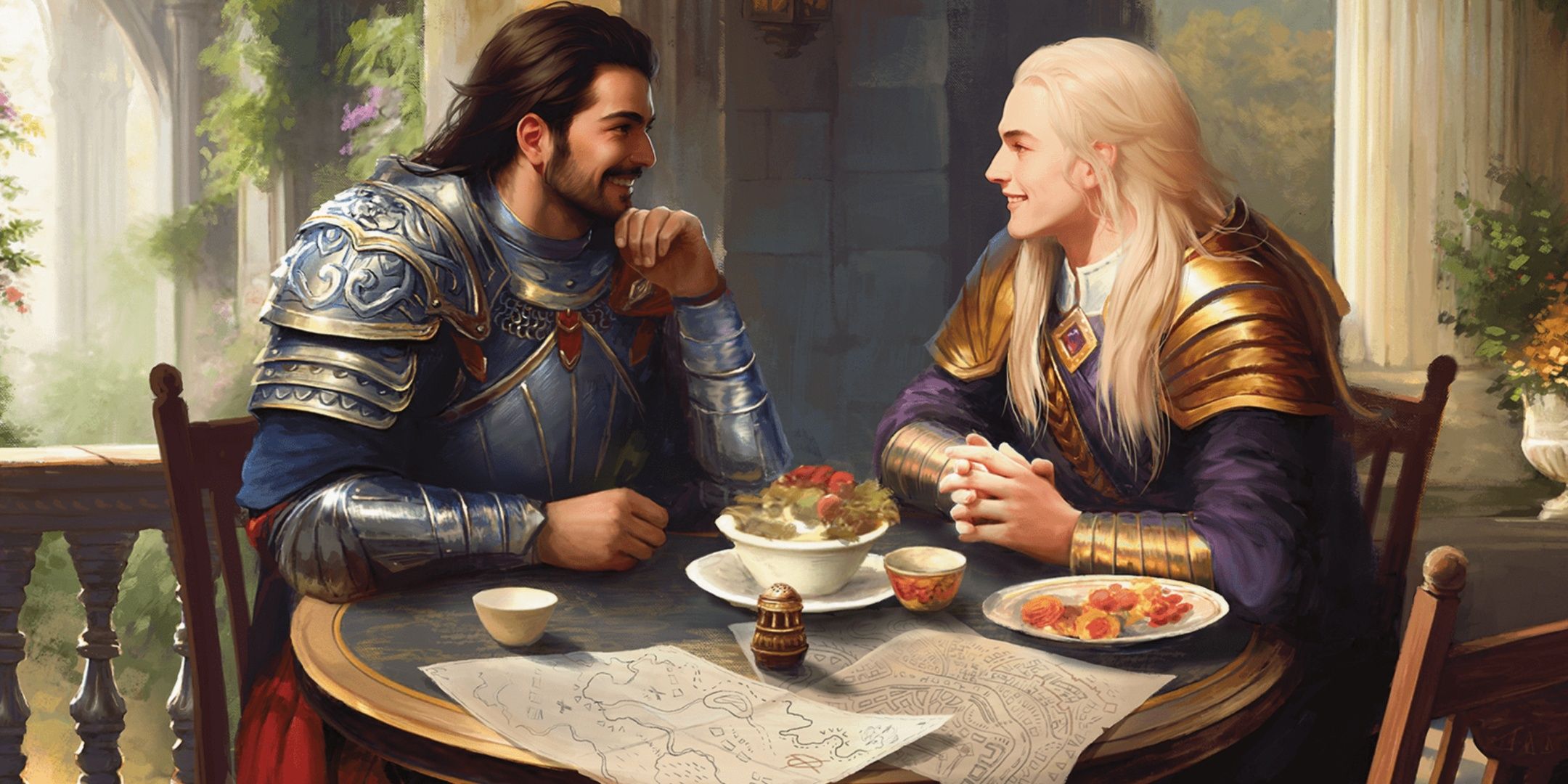
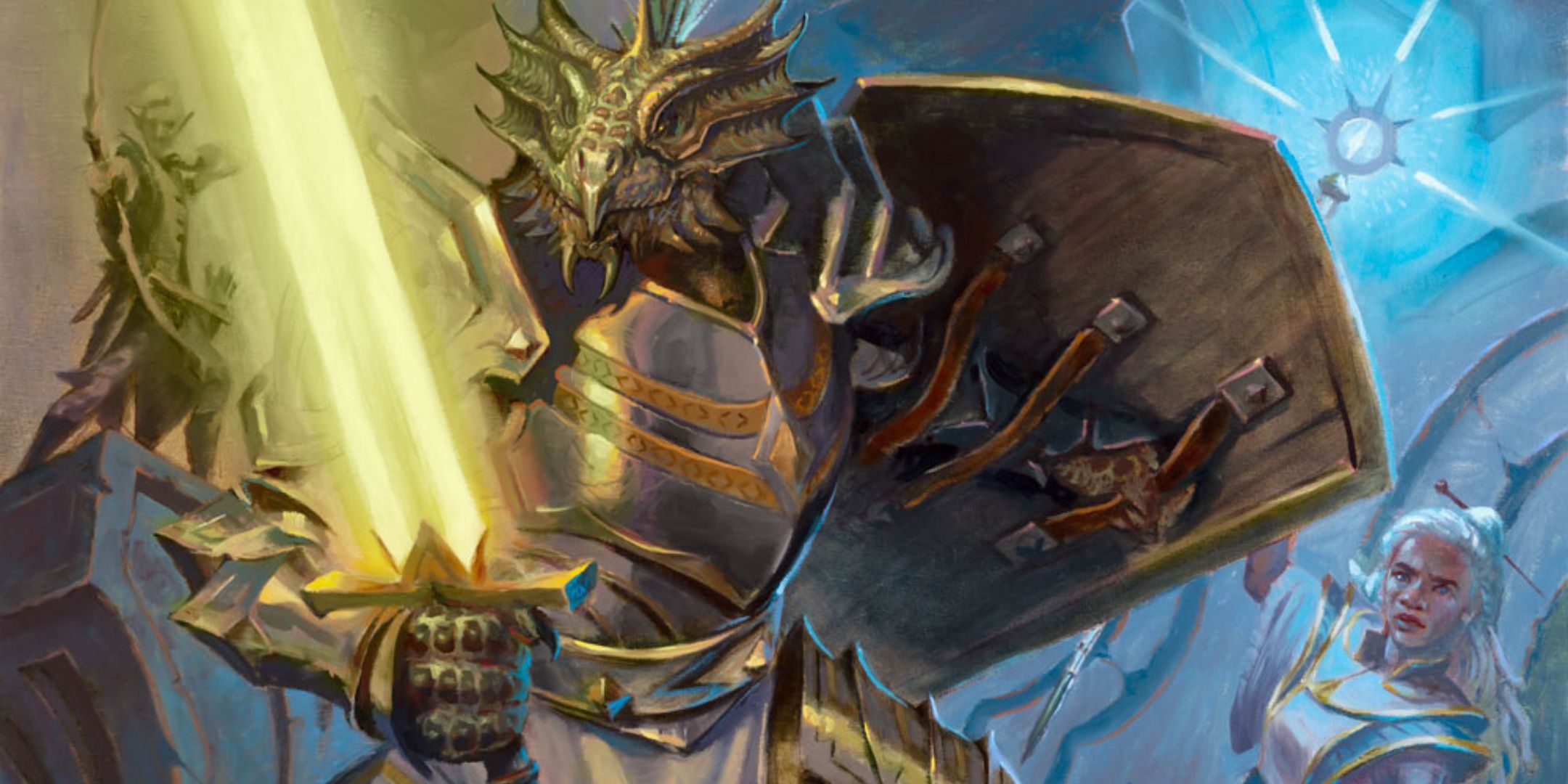
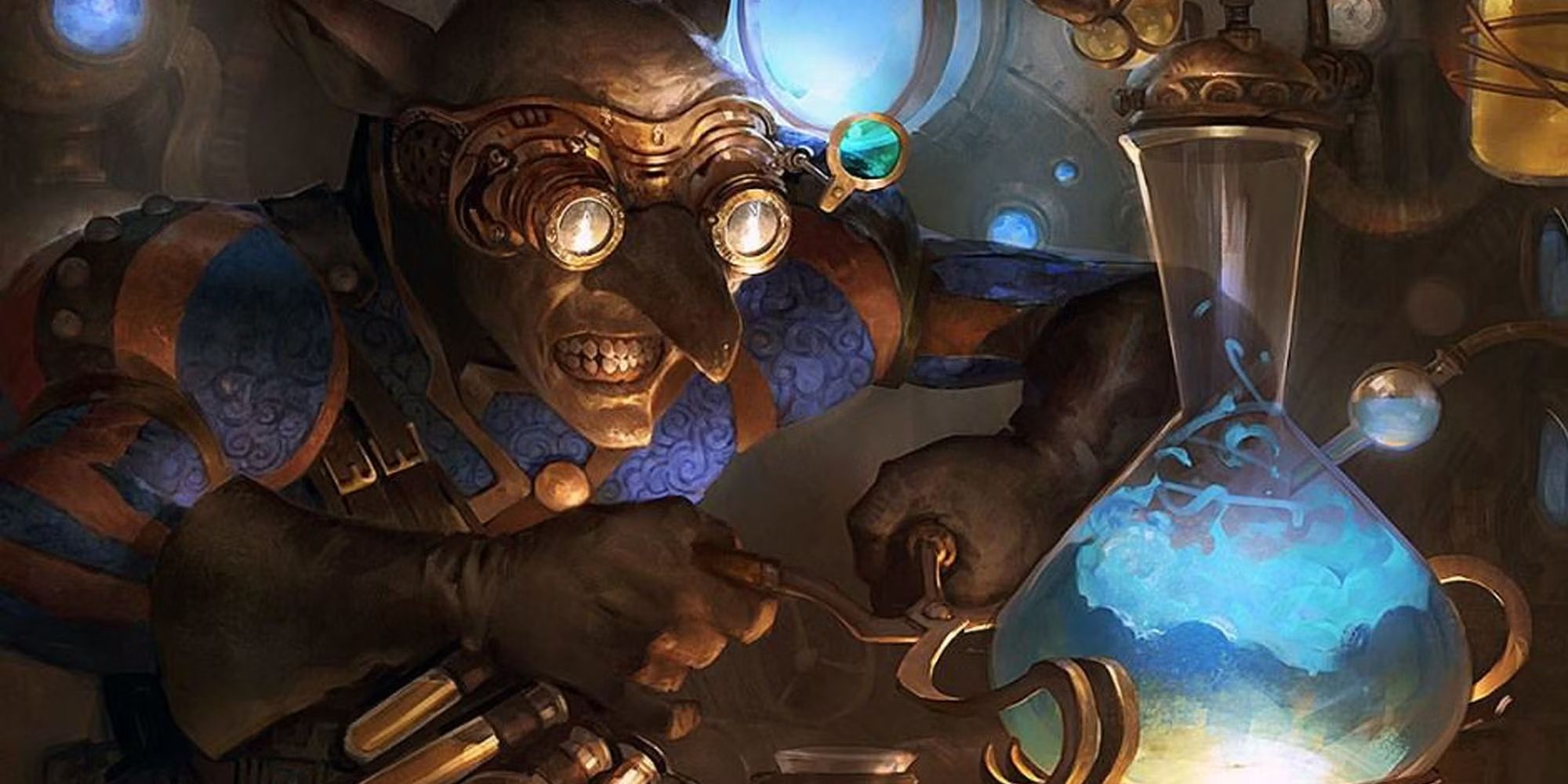
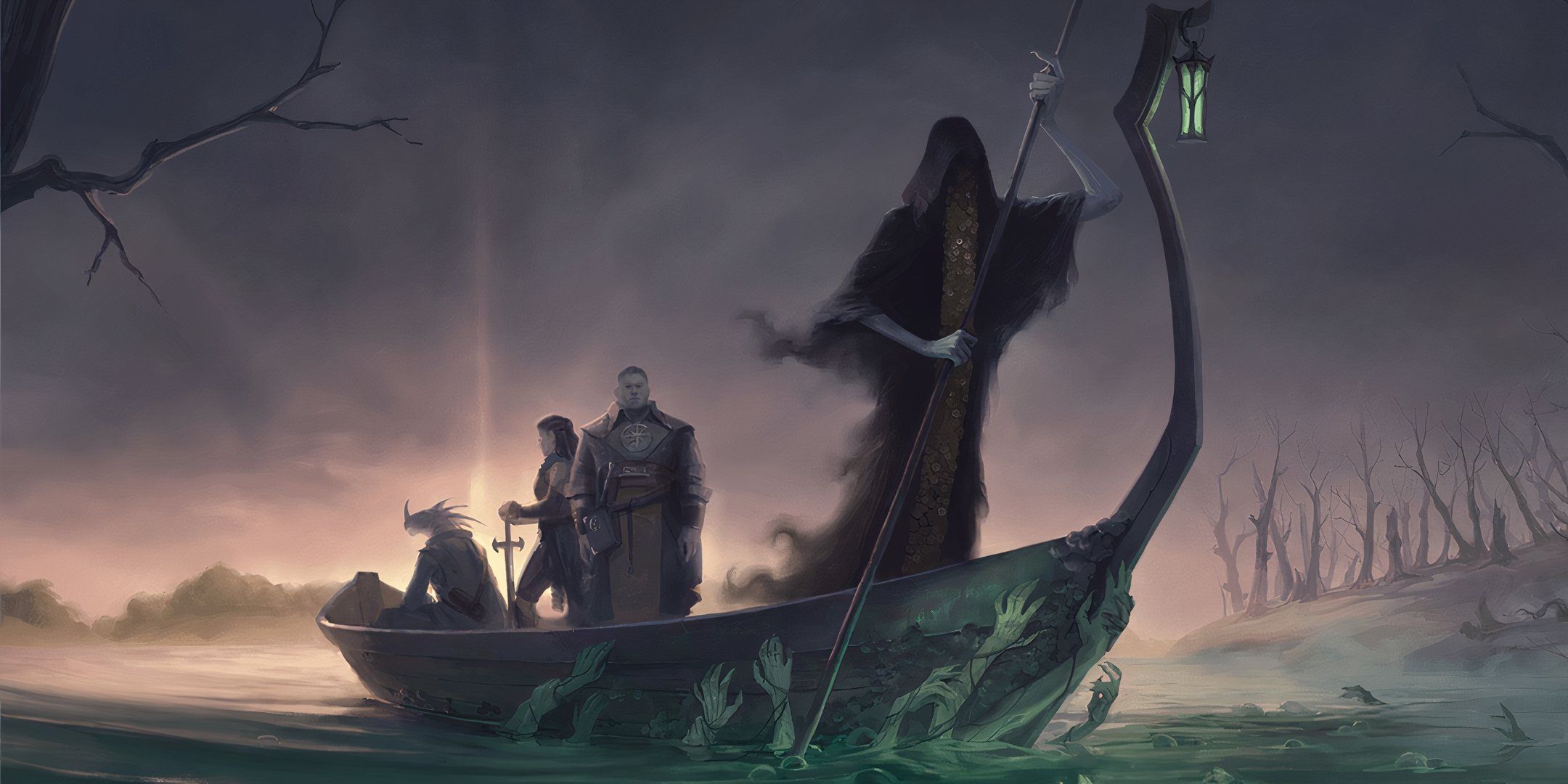
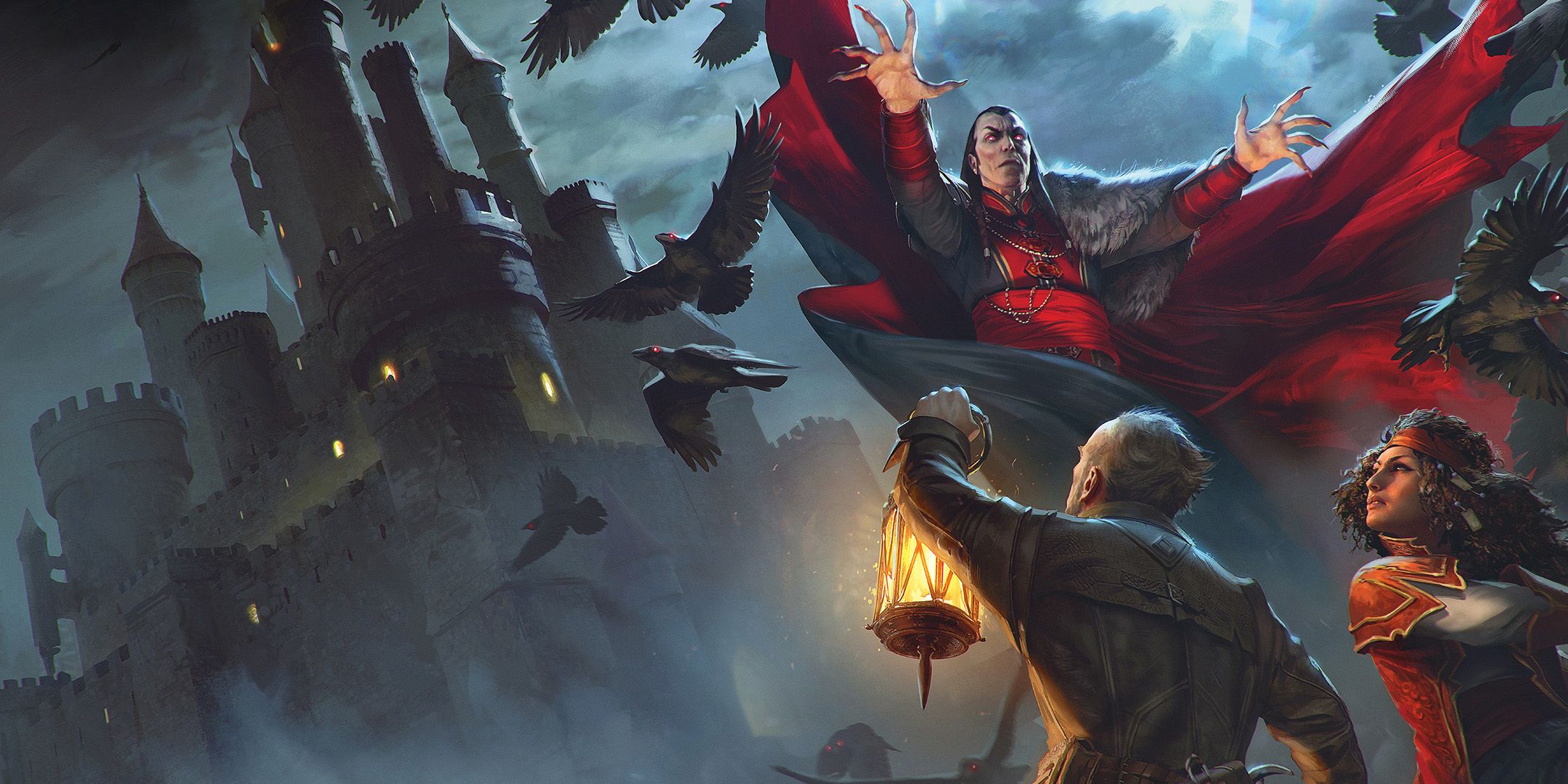
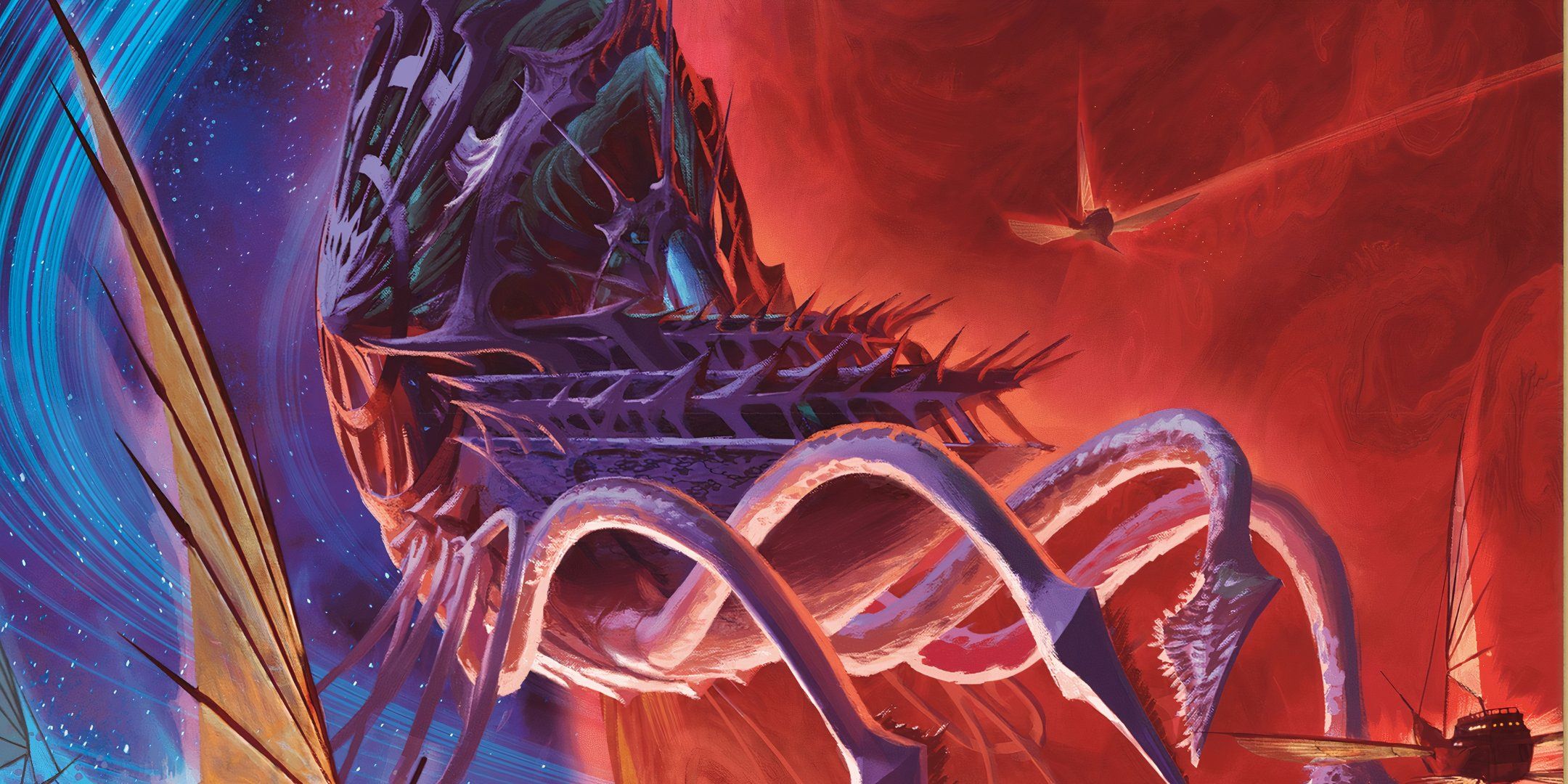
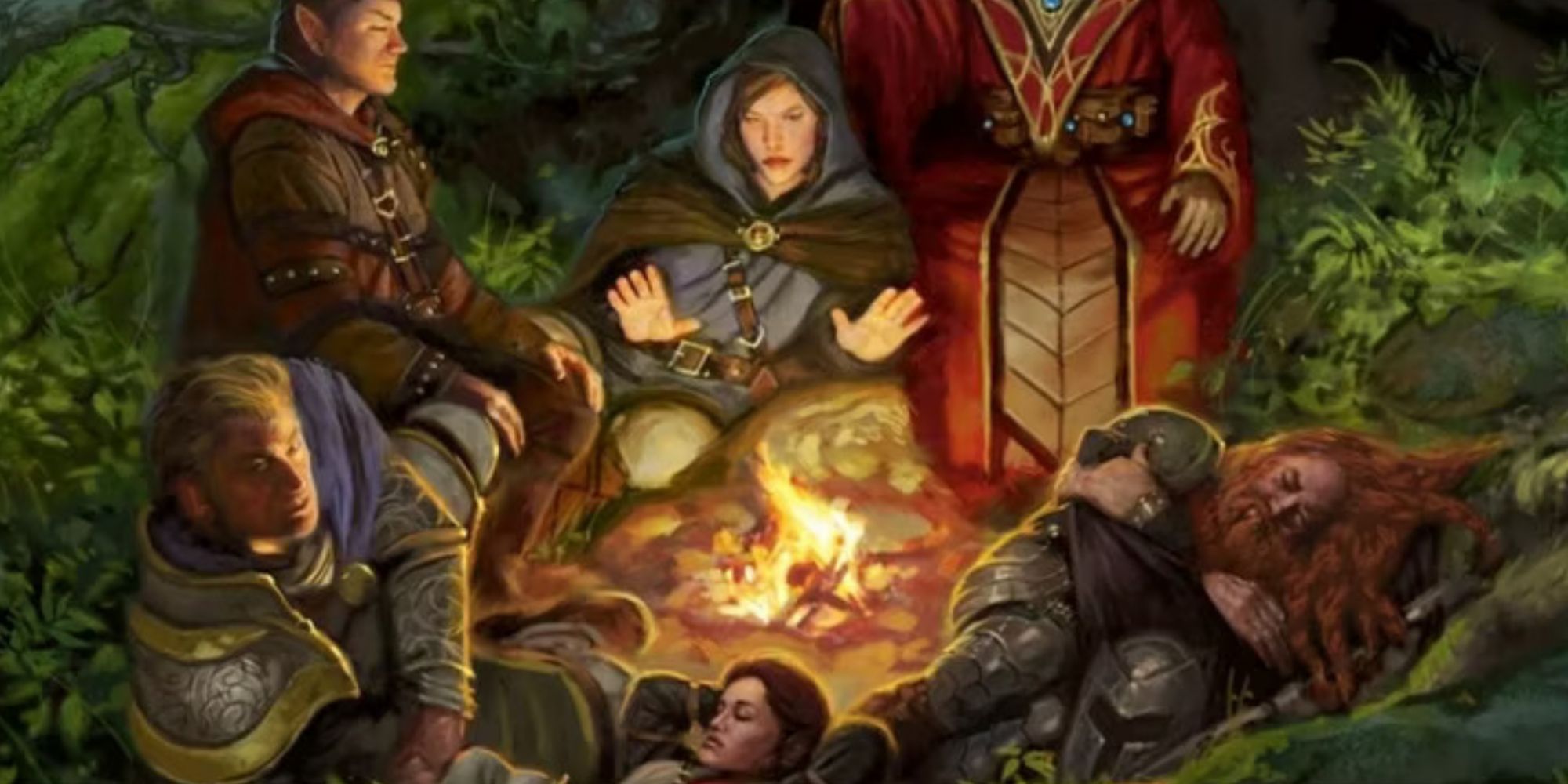
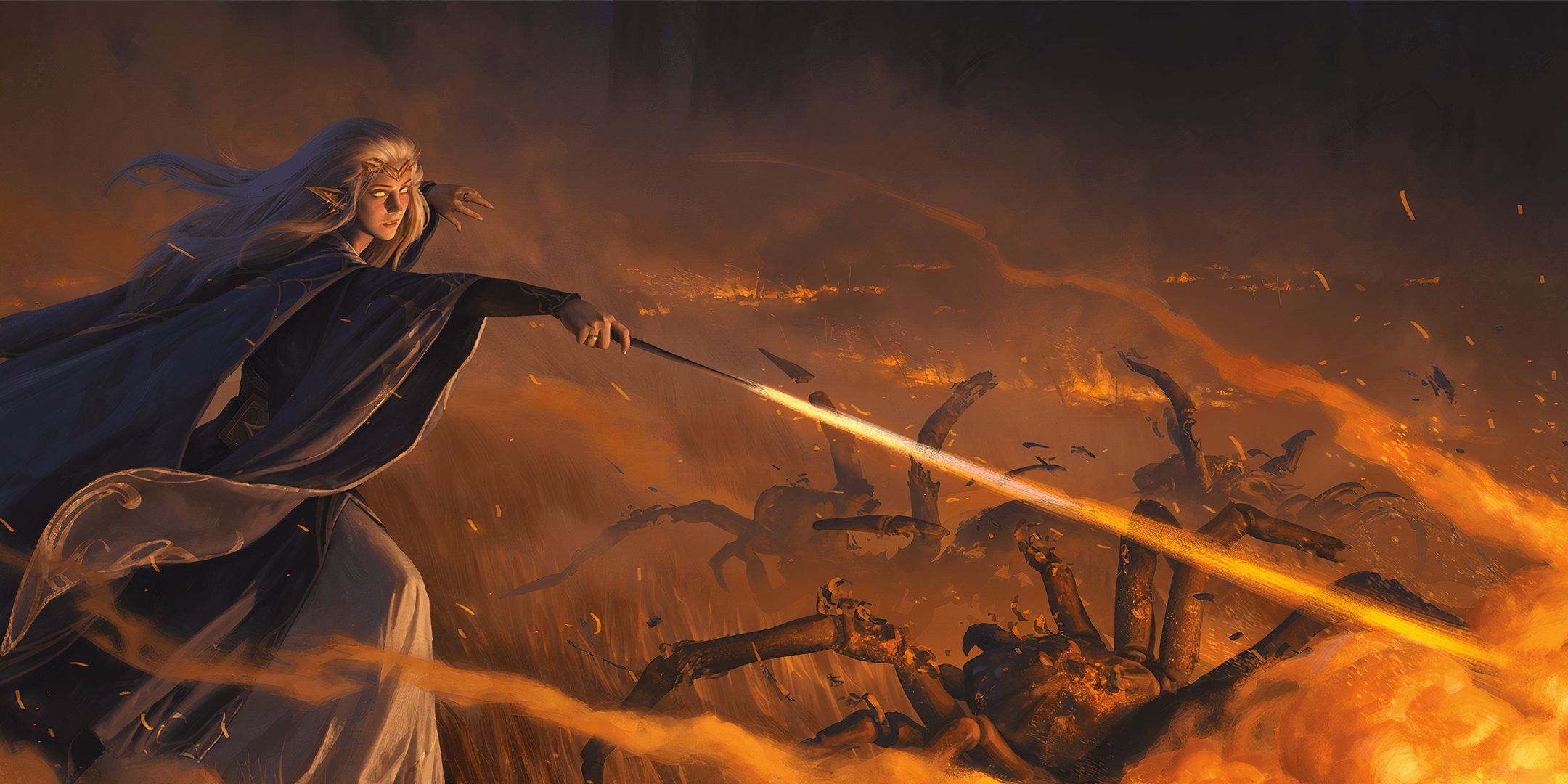
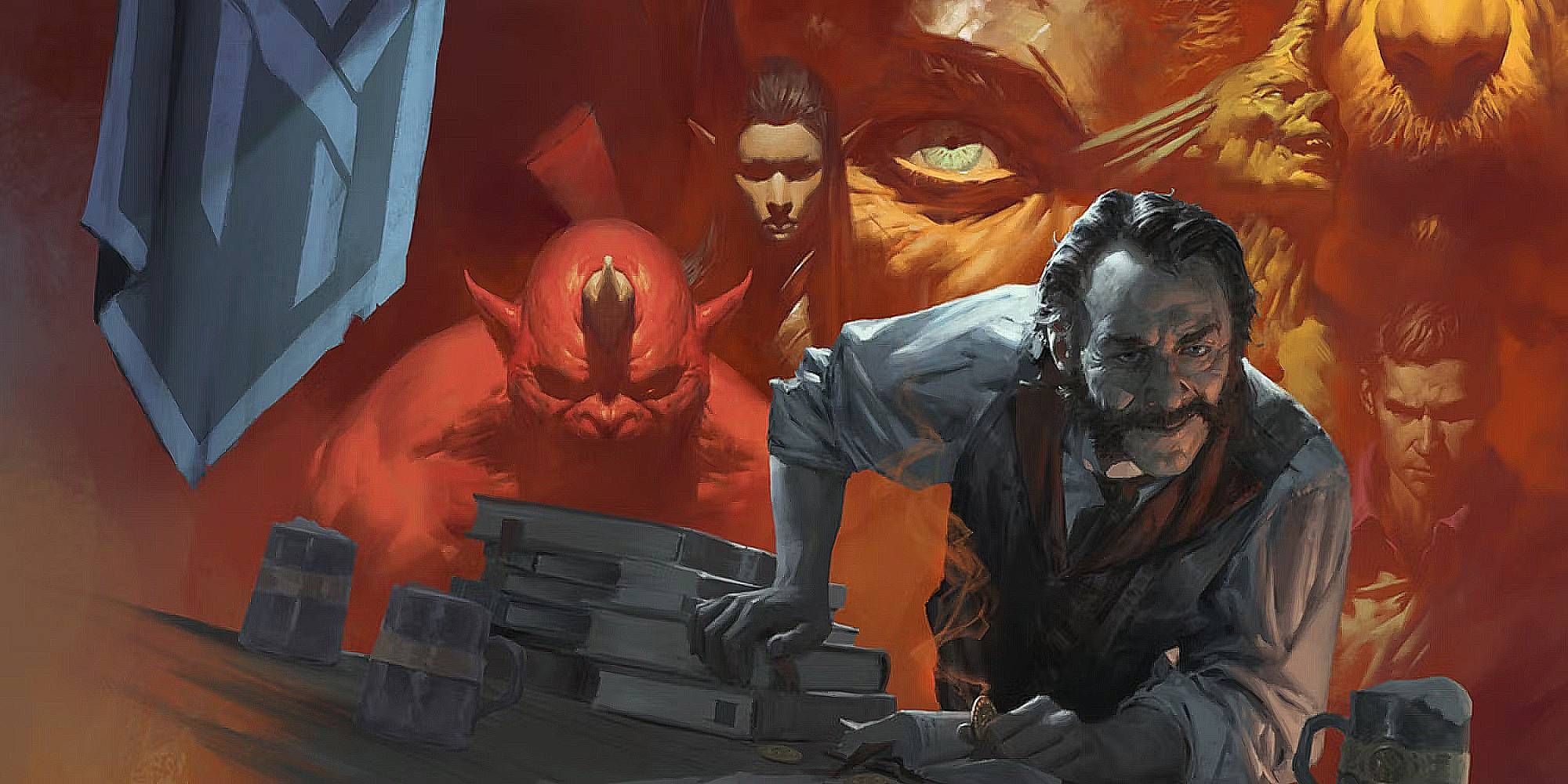
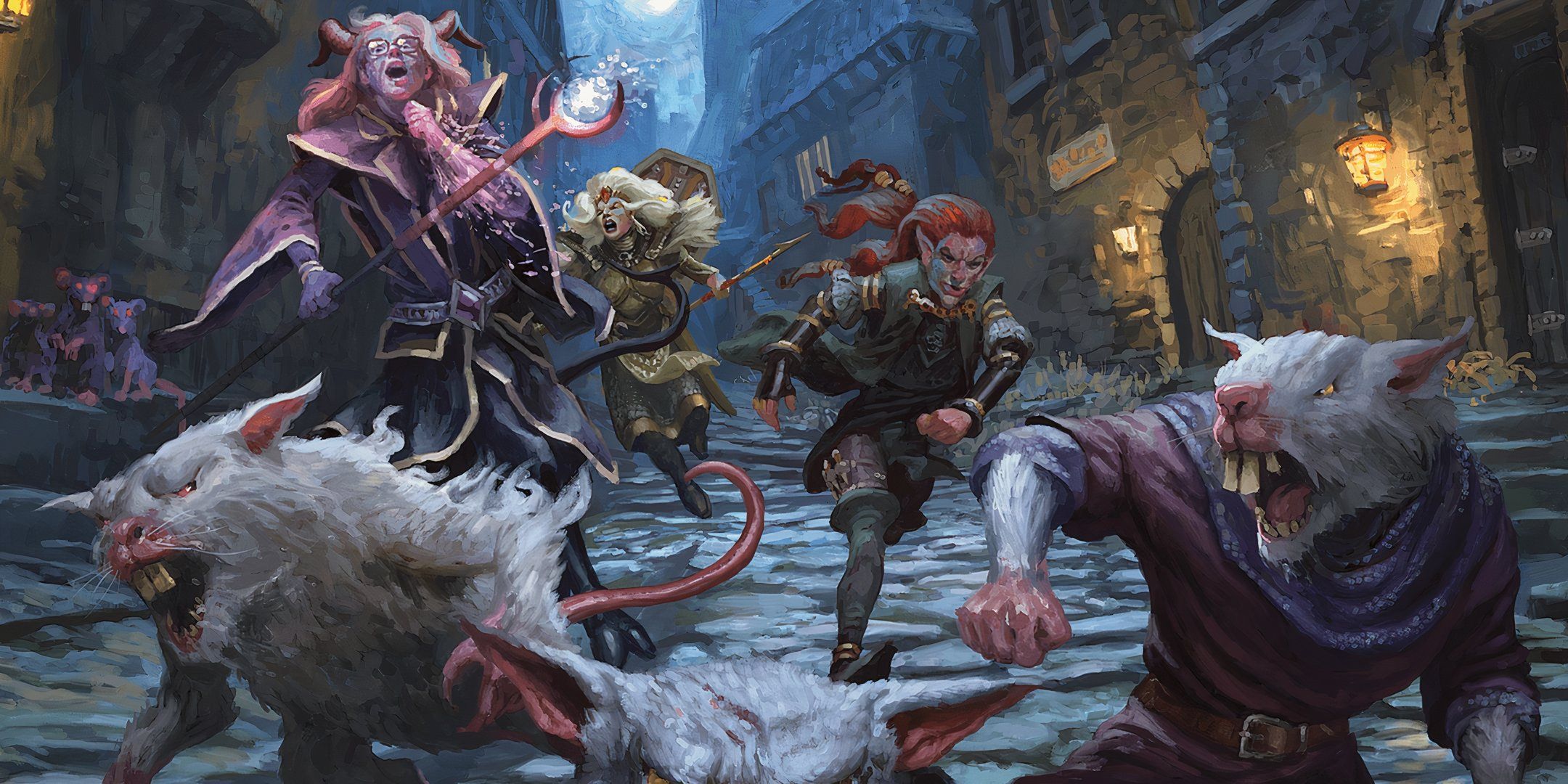
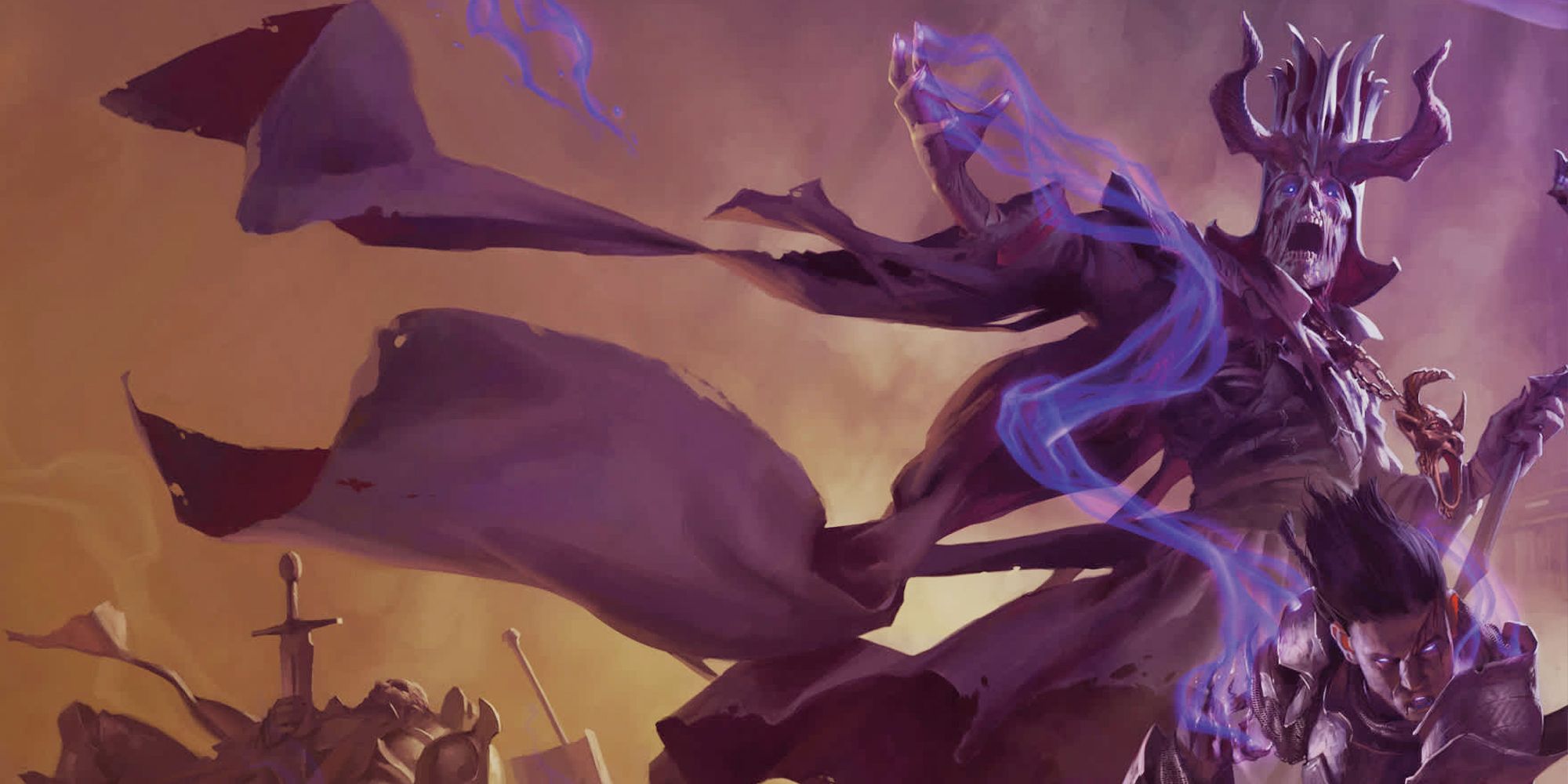
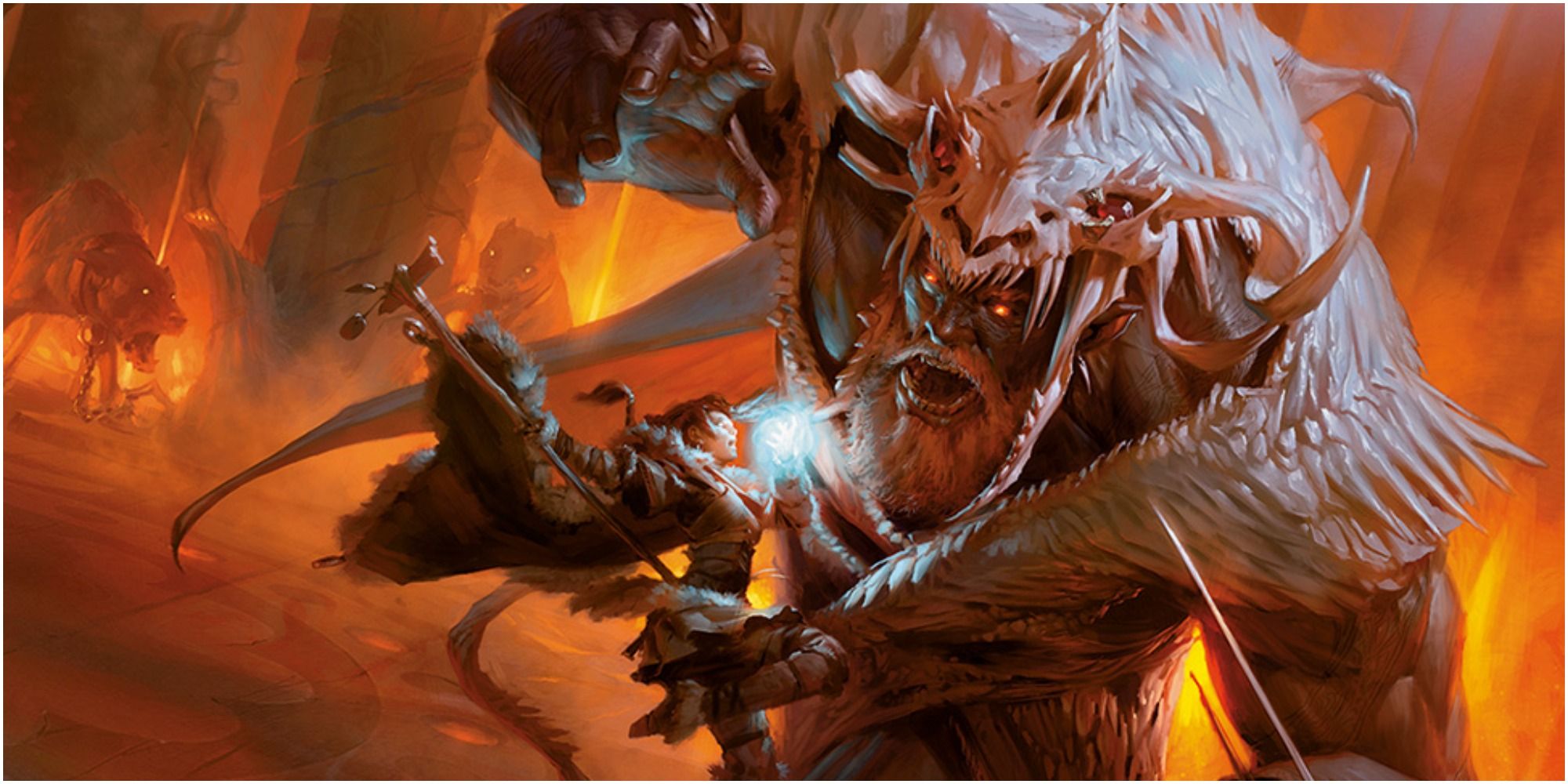
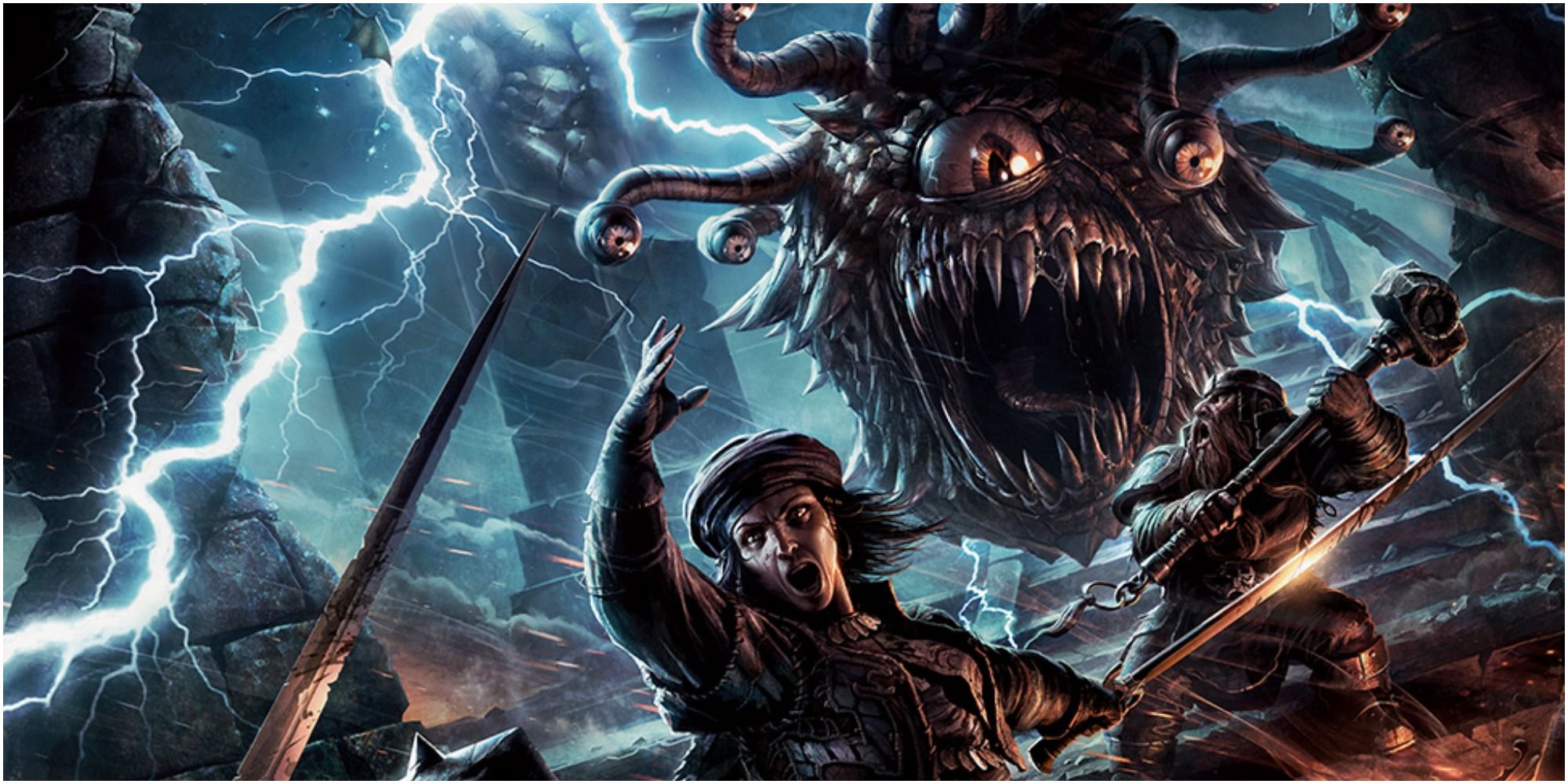



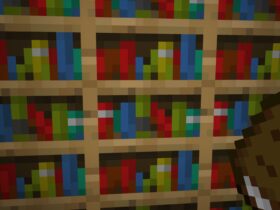

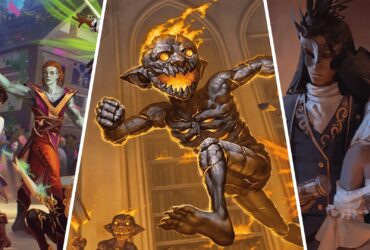
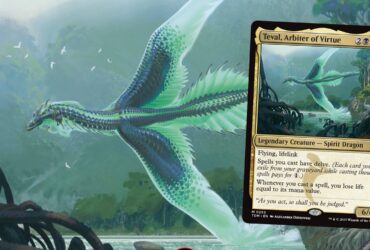
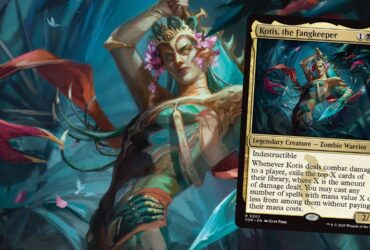
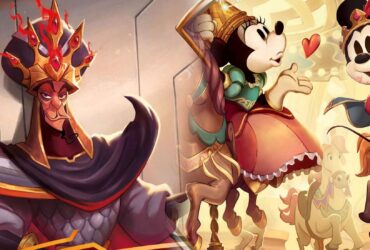
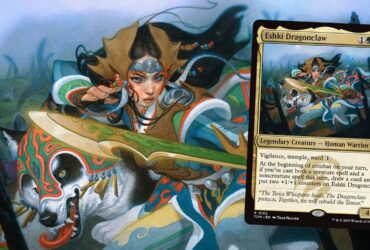
Leave a Reply